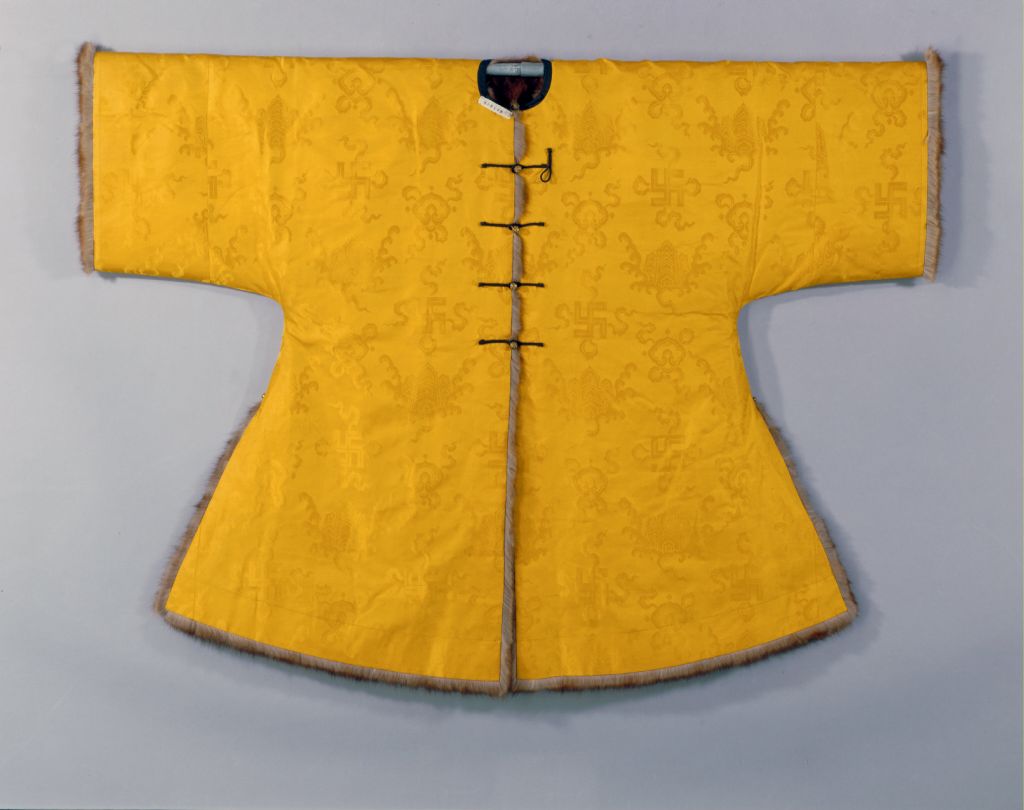[Li Gonglin’s Weimo Performance and Teaching Map (Biography)]
The volume of Weimo Performance and Teaching Map, which is said to be painted by Li Gonglin of Song Dynasty, is 34.6 cm in length and 207.5 cm in width
No author’s stamp. On the back of the painting, there is the “Heart Sutra” written by Ming Shen Du and the postscript “Yongle Bingshu years old, give the guest Yantai Zhenru Temple, the old monk Yuanjue shows the authentic work of Li Longmian’s performance and teaching map, and attach it to the book” Heart Sutra “. He is ashamed that Yutai is difficult to be merged, and he is adamant. The old monk is very diligent, and barely clean-handed to write a passage. It is the last day of the Yuan Dynasty. Shen Du is in the clouds.” Bingxu is the fourth year of Yongle in the Ming Dynasty (1406). There are inscriptions and postscripts by Dong Qichang and Wang Zhideng of the Ming Dynasty. Qian Yuan Ke Jiusi “Keshi Jingzhong”, the Qing Dynasty Suoetu “the Zhongxiao Changbai Mountain Chang Suoetu character Jiuruhao Yu An calligraphy and painting collection Yongyi descendants”, the “Changbai Suoeshi collection book seal”, the Qing Dynasty Xuantong Emperor “Xuantong imperial treasure”, “Xuantong appreciation” and other collection seals, a total of 57
This picture is based on the Buddhist “Vimalakirti Sutra”. It depicts the scene of Vimalakirti pretending to be ill at home preaching Mahayana doctrine to the Manjusri Bodhisattva who came to visit the doctor at the order of Buddha Sakyamuni. The whole picture is intended to show the profound wit of Vimalakirti and his ingenious thinking and argumentation of Buddhist doctrines. In the painting, Vimalakirti sits on the brocade couch and talks about the teachings in a hale and hearty manner. The opposite Manjusri Buddha steps on the lotus, his hands together, and is convinced of Vimalakirti’s statement. In the middle of the painting, the Heavenly Maid deliberately sprinkled petals on the eldest disciple Sharif, making him shake his clothes quickly. When Vimo saw this, he immediately pointed out that Buddhism should regard the essence of the doctrine that everything is empty
Buddhism was founded in India by Sakyamuni from the 6th to 5th century BC. It is said that Buddhism was introduced into China during the Ming Emperor of the Eastern Han Dynasty. In order to expand the influence of Buddhism in China, artists gradually assimilate Buddhist characters or stories into Chinese life in order to meet the aesthetic standards of Chinese people. From Gu Kaizhi in the Eastern Jin Dynasty to the Dunhuang murals in the Sui and Tang Dynasties, Vimalakiri was shown as “a man with his eyebrows open and his eyes burning”. In this picture, he has completely become the image of a Chinese Buddhist. Manjusri Bodhisattva is graceful and dignified, just like a famous person in real life. All the heavenly women showed a lively look in their deference, without religious piety. The integration of scholars’ secular thoughts into religious paintings undoubtedly increases the affinity of the works, and also strengthens the appeal of the works. The whole picture is painted with ink lines, which have been swept away and faded. The round and powerful hairline drawing and iron line drawing complement each other. While successfully portraying the characters with different looks, the clean and light strokes are also consistent with the Buddhist doctrine of “emptiness is color, color is emptiness”
This picture has no title. There are three kinds of speculation about the author: Shen Du, Dong Qichang and Wang Zhideng of the Ming Dynasty all call the author Li Gonglin of the Song Dynasty in the postscript of the painting. The contemporary scholar Jin Weinuo and other scholars believe that the author should be Ma Yunqing of the Jin Dynasty, mainly based on the fact that the Metropolitan Museum of the United States has Wang Zhenpeng of the Yuan Dynasty’s “The Drawing of Vimo Buji by Lin Ma Yunqing”. Wang Zhenpeng said in the postscript at the end of the volume, “On the second day of worshipping Xi Xue on the first day of February in the first year of the first year of the year, on the hill of the Longfu Palace Garden, in the West Lotus Leaf Hall, the minister Wang Zhenpeng specially served the imperial edict of Emperor Renzong, and drew the herb of Vimo Buji in front of Jinma Yunqing.” The copy of Wang Zhenpeng is very similar to the artistic style and composition of this painting, but there are slight changes in the local decoration. But at present, some experts believe that this picture is neither by Li Gonglin nor by Ma Yunqing. It should be the work of an unknown painter in the Song Dynasty. In fact, no matter who the author is, it is indisputable that this picture represents the highest achievement of early line figure painting
Records of Jiangcun Sales in the Summer of the Qing Dynasty by Gao Shiqi, Bian Yongyu’s Collection of Paintings and Calligraphy in Shigutang, and the First Edition of the Pearl Forest in the Secret Palace of the Qing Dynasty by Neifu.
![图片[1]-Li Gonglin Weimo Performance and Teaching Map (Biography)-China Archive](https://chinaarchive.net/Northern Song dynasty/painting/s58def92950e24.jpg)
![[Qing Dynasty] British female painter—Elizabeth Keith, using woodblock prints to record China from the late Qing Dynasty to the early Republic of China—1915-China Archive](https://chinaarchive.net/wp-content/uploads/2022/11/image-191x300.png)




